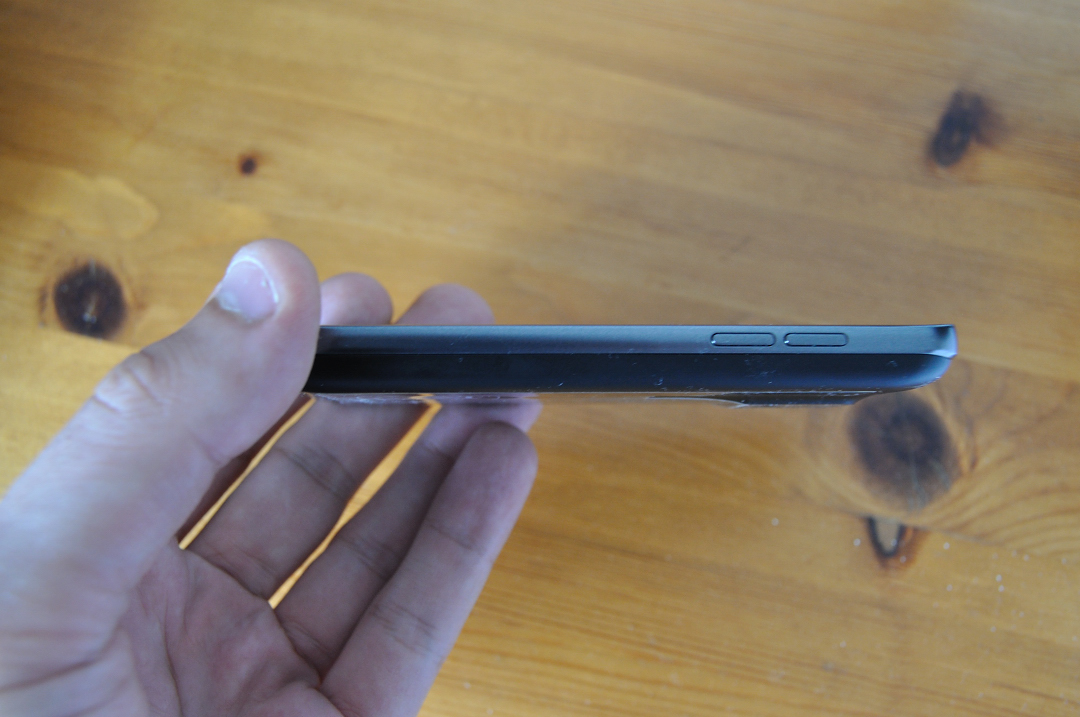
It’s taken a while for us here at Pocket Gamer to get our grubby mitts on LG’s (and arguably the world’s) first dual-core handset, but in a strange way that makes this review far more relevant to you than at release.
Why? Because there was practically nothing to compare it to back in March, whereas now both LG’s main competitor Samsung and Taiwanese rival HTC have their own dual-cores on the market.
So how does this trendsetter stack up against today’s selection of smartphones?
 Optimus prime
Optimus prime
First impressions are actually very good. LG, whose mid-range touchscreens rival Samsung's in terms of screen crack-ability, have really tightened up quality control on their flagship devices, leading to a large handset that's relatively light for its size.
The four-inch Gorilla Glass screen is bright and attractive, while the lack of raised or indented physical buttons on the front actually helps to make the device seem bigger than it actually is.
On the other hand, the silver strip running along the back adds much needed character to the otherwise fairly bland rectangle design (curved sides and not particularly thin).
In terms of outputs, there’s an HDMI port and headphone jack at the top of the handset, while the battery cover is one of those ‘dig fingernails in and pull hard’ designs guaranteed to annoy those of us who bite their nails (me).
 Snappy
Snappy
Android Froyo is, disappointingly, the version of the OS pre-loaded on the phone, but at least it’s relatively unsullied by additional extras.
There are a few widgets already laid out, including one for LG’s version of Facebook for Android and a link to LG App Advisor, but nothing that a quick drag and drop in the recycle bin can’t fix.
By default the app selection is laid out vertically, with only a border to break up the default selection (which ranges from Virus Checker to Navigation software) and freshly downloaded titles.
This can naturally be changed to a Samsung-esque horizontal layout with pages via the menu button, although I personally prefer the one LG has running.
The 8MP camera is of decent quality, producing pictures that are far superior to HTC’s blurrycam efforts, but lacking the range of editing options and, in most cases, a dedicated camera button, which Sony Ericsson and Samsung handsets possess.
 Speed freak
Speed freak
The camera does demonstrate the real selling point of the Optimus 2x, though - its speed. Snaps are instant - not even a second’s pause - while every standard Android title we threw at the handset ran without breaking a sweat.
In terms of gaming, the 2x has the Galaxy S II and Sensation’s number in that all versions of the phone have access to Nvidia’s Tegra Zone games - either exclusives or graphically demanding versions of existing Android games.
Smooth OS operations are all very well, but being able to run epic strategy games like Great Battles: Medieval or cutting-edge racers like Riptide GP really sets this phone apart from its South Korean rival (unless you were lucky and picked up one of the Tegra-powered S IIs).
This power hasn’t come at too great a cost when it comes to the battery, either, with my test handset capable of handling a moderate load (3G surfing, tethering, calling, and a few games) for a day without hassle.
So while its chunky rectangle design won’t win any beauty contests and the version of Android isn't ideal, the range of top-end games, relatively strong battery, and hardy design make the Optimus 2x well worth considering if you’re serious about an Android gaming smartphone.
LG Optimus 2x

